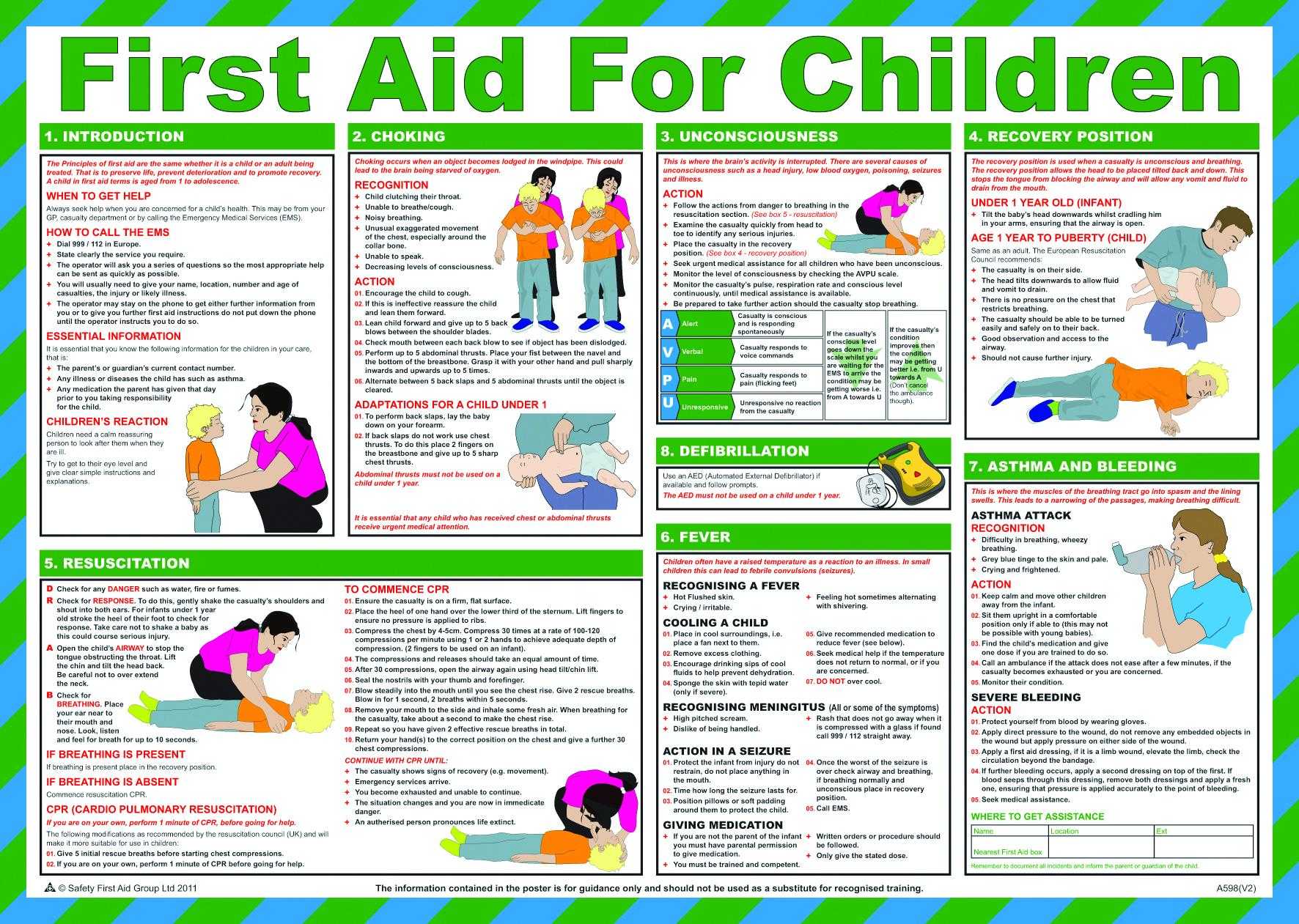CPR or Cardiopulmonary Resuscitation is a life-saving first-aid technique in many health emergencies like a cardiac arrest or drowning when someone’s heartbeat or breathing is stopped.
Hands-on CPR training on how to perform CPR with chest compressions and rescue breaths will help save a person’s life during critical health emergencies.
What is Infant CPR?
Infant CPR is performing cardiopulmonary resuscitation or first-aid on an infant or child under one year when the baby is unable to breathe or cough due to choking.
Protecting young lives is tremendously important, which is why the Infant CPR Certification courses are created. Although there is the slightest possibility of performing CPR on an infant or child of less than a year old, it’s critical to learn infant CPR to help babies in a breathing or cardiac emergency.
Some Key Points about Infant CPR.
Key Points:
Take an official infant CPR course and learn it in real, hands-on infant CPR classes.
While CPR involves chest compressions and mouth-to-mouth resuscitation, give 30 chest compressions and two rescue breaths on performing an infant CPR. Repeat this cycle until the baby recovers or gets help from professionals.
If the baby is not breathing or responding, start CPR immediately or let someone else call for emergency help and get an AED.
After the baby starts breathing, place it in the recovery position to keep the airway open.
It is also vital to keep the following information in mind when it necessitates performing an infant CPR.
Before giving an infant CPR to a child or an infant,
Make sure the child’s condition and surroundings are safe, then tap it on the shoulder, and shout for its response. Flick the bottom of the foot for infants to elicit a response.
If the child doesn’t respond, call by yourself or ask bystanders to call 911 for help, then administer 2 minutes of care.
Open the airway. Tilt the baby’s head back slightly and lift the chin by making the child lie on its back.
Check for heartbeat or breathing. Listen carefully for sounds of breathing, not more than 10 seconds.
Provide two rescue breaths if the child or infant is not breathing. Keeping the child’s head tilted back slightly with the chin lifted, pinch the child’s nose shut and seal completely by placing your mouth over the child’s mouth and breathing into the child’s mouth twice.
Use your mouth for infants to completely seal over the nose and mouth and then blow in for a second to make the chest rise clearly. Deliver two rescue breaths after this procedure.
Begin CPR if the baby is unresponsive to the rescue mouths.
While performing CPR on an infant or baby, make sure you are in the right position and perform the procedure correctly.
Kneel beside the child; push hard and fast on the center of the chest; give two rescue breaths, and continue the cycle until you see signs of breathing or help arrives.
Taking infant CPR classes will help you perform the procedure correctly and save a baby’s life during an emergency.
Importance of Infant CPR Certification
Infant CPR classes are the best way to handle a choking baby with what you’ve learned in the CPR course.
Nobody would ever want to see their children or babies in a health crisis. But emergencies do occur even while you are vigilant, like babies can choke on a piece of food or something that is picked up from the floor or play area, or in some instances, get tangled up in a curtain cord.
Fortunately, you can handle these emergencies and save your baby’s life with a little preparation and upon learning infant CPR techniques.
Infant CPR classes are the best way to safeguard your baby during emergencies. In an infant CPR class, you’ll learn the proper techniques to perform infant CPR for chest thrusts, breathing, back blows, and more. You’ll also get to practice various life-saving techniques, and with more practice comes the confidence to save a life in an actual emergency.
Moreover, an Infant CPR Certification is proof that you can save a baby’s life in an emergency.
You can learn the infant CPR classes online and offline. Nowadays, many centers provide infant CPR classes online. Find infant CPR classes near you by visiting the American Heart Association or the American Red Cross class locator. Simple CPR offers the best online infant CPR classes for individuals at the best prices.
Why Online Infant CPR Classes?
Taking infant CPR classes online provides incredible benefits like
- They are easily accessible 24/7
- The fastest and best way to get an infant CPR certification
- Licensed professionals and standard materials
- Curriculum, based on AHA, ARC, ECC, and ILCOR guidelines
- Appropriate CPR techniques for infants and children for up to 12 months
- Industry-leading infant CPR certification course
- Free practice tests and exam retakes
- Study at your own pace
- Best guidance and support from trained professionals
- Instant infant CPR certification
Simple CPR Infant CPR Classes
Infant CPR Classes at Simple CPR are 100% online, fast and easy. Our expert-created online training course will help you learn everything about infant CPR and get the certification.
Our infant CPR certification courses are designed to be easy and yield effective learning outcomes. You’ll get to learn important life-saving techniques and tips for choking, cardiopulmonary resuscitation, and more.
We have a team of certified professionals to craft the curriculum based on AHA guidelines. A one-of-a-kind infant CPR class that teaches you everything about saving the lives of infants and young children.
To find the best infant CPR classes near you, search for “infant classes near me” at https://www.simplecpr.com/adult-child-infant-cpr-first-aid and get your preferred course.

